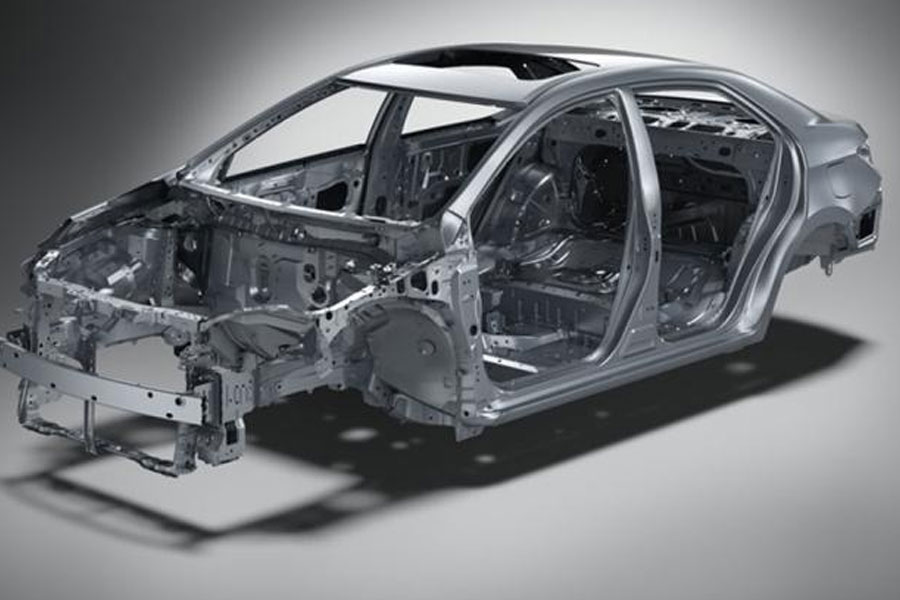1. Measured by the movement quality characteristics of the machine tool, it is a failure of the machine tool movement characteristics.
In this case, although the machine tool can run normally, it can not process qualified workpieces. For example, the positioning accuracy of the machine tool is too poor, the reverse dead zone is too large, and the coordinate operation is not stable. This type of fault must be diagnosed by using a testing instrument to diagnose the machine and electrical link that caused the error, and then eliminated by optimization adjustment of the mechanical transmission system, numerical control system and servo system.
The classification of the fault here is to facilitate the analysis and elimination of the fault, and the occurrence of a fault is often a mixture of multiple types, which requires the maintenance personnel to specifically analyze and refer to the above classification to take corresponding analysis and elimination methods.
2. According to the location of the fault, it is divided into hardware fault and software fault.
Hardware failure refers to the abnormal state or even damage of electronics, electrical devices, printed circuit boards, wires and cables, connectors, etc. This is a failure that needs to be repaired or even replaced. The software fault generally refers to the electrical fault of the PLC logic control process cnc processing center can be classified according to the nature, appearance, cause or consequence of the fault.
3. It can be divided into destructive failures and non-destructive failures based on whether the failure occurs.
Destructive faults, damaged work pieces and even machine tool faults are not allowed to be repeated during maintenance. At this time, they can only be eliminated according to the phenomenon when the fault occurs. The technical difficulty is high and there is a certain risk. If the workpiece may be damaged, you can unload the workpiece and try to reproduce the failure process, but you should be very careful.
4. According to the location of failure, it is divided into hardware failure and software failure.
Hardware failure refers to the abnormal state or even damage of electronics, electrical devices, printed circuit boards, wires and cables, connectors, etc. This is a failure that needs to be repaired or even replaced. The software fault generally refers to the fault generated in the PLC logic control program, the need to enter or modify some data or even modify the PLC program to eliminate the fault. Parts processing program failure is also a software failure. The most serious software failure is the defect or even loss of CNC system software, which can only be solved by contacting the manufacturer or its service organization.
5. According to the probability of failure, it is divided into systematic failure and random failure.
Systematic faults refer to certain faults that will occur as long as certain conditions are met; random faults refer to faults that occasionally occur under the same conditions. The analysis of such faults is more difficult, and is usually related to the mechanical structure Partial loosening and misalignment, some electrical workpiece characteristics drift or reduced reliability, and the internal temperature of the electrical device is too high. The analysis of such faults can only be eliminated after repeated tests and comprehensive judgment.
6. With or without indication when the fault occurs, it is divided into diagnostic indication fault and non-diagnosis indication fault.
Today’s CNC systems are designed with perfect self-diagnostic programs, which monitor the software and hardware performance of the entire system in real time. Once a fault is found, it will immediately alarm or a brief text description will be displayed on the screen. You can find the cause and location of the fault, and there are tips for troubleshooting. Machine tool manufacturers will also design related fault indications and diagnostic instructions for specific machine tools. The above two parts have faults indicated by diagnosis and various types of indicator lights on each electrical device make it easier to eliminate most electrical faults. Part of the failure without diagnostic indication is caused by the incompleteness of the above two diagnostic procedures / (such as the switch is not closed, the connection is loose, etc.). This type of fault depends on the analysis and elimination of the working process and fault phenomena and consequences before the fault, and on the familiarity and technical level of the maintenance personnel with the machine tool.
